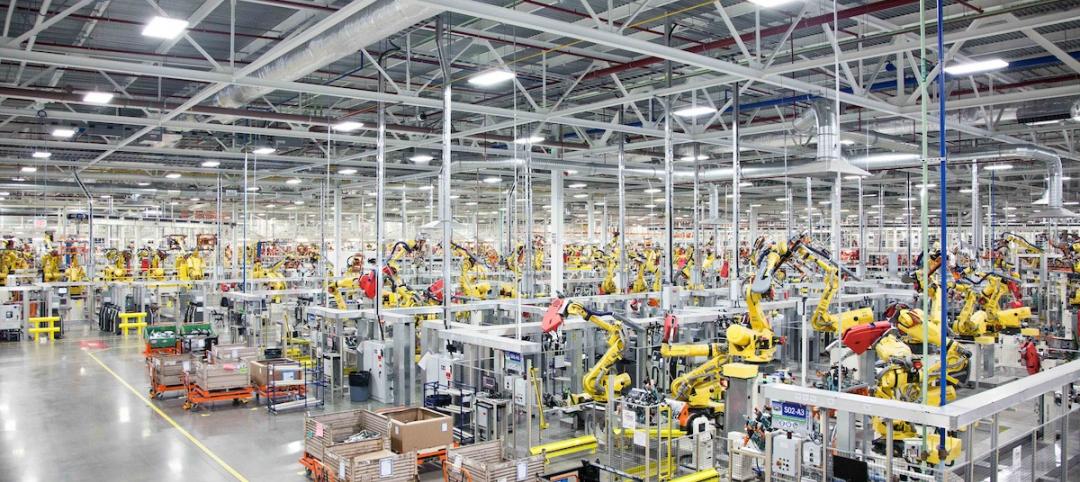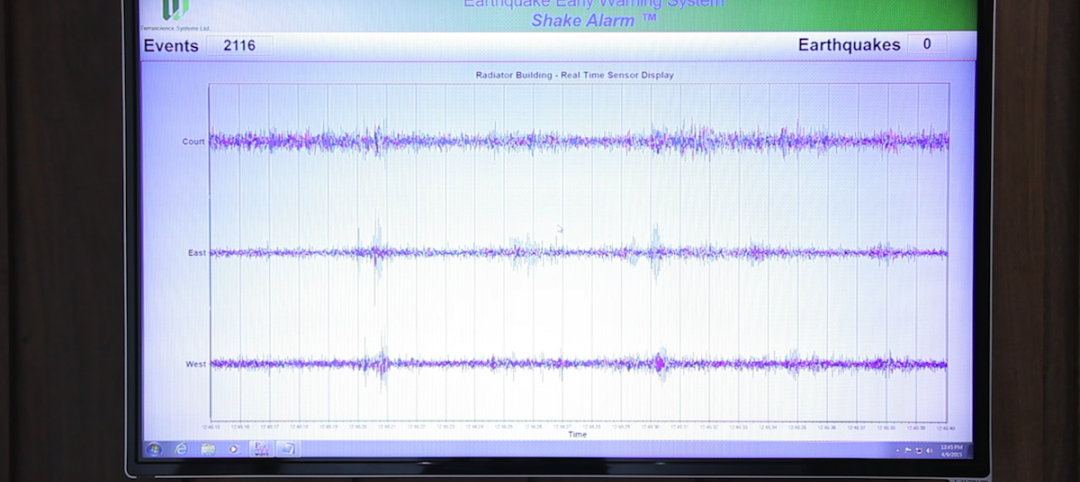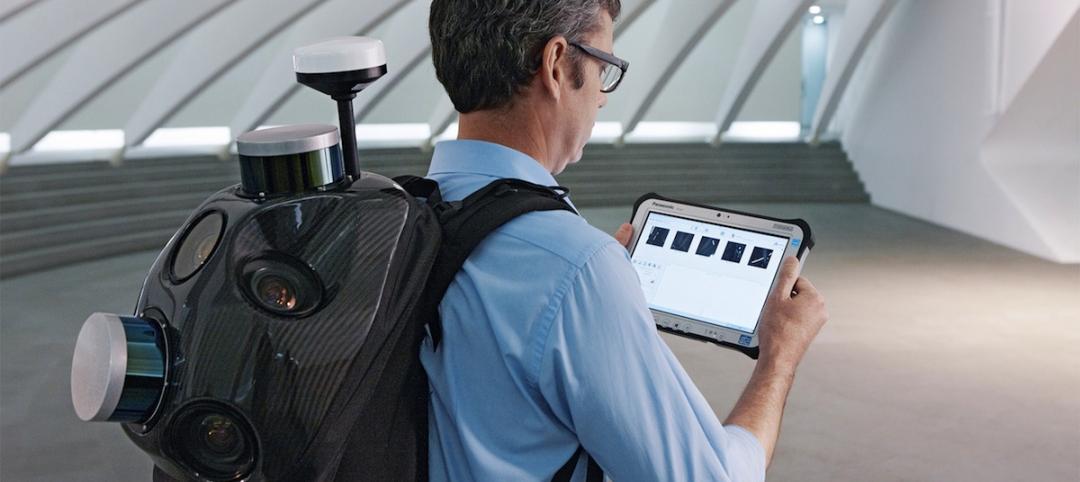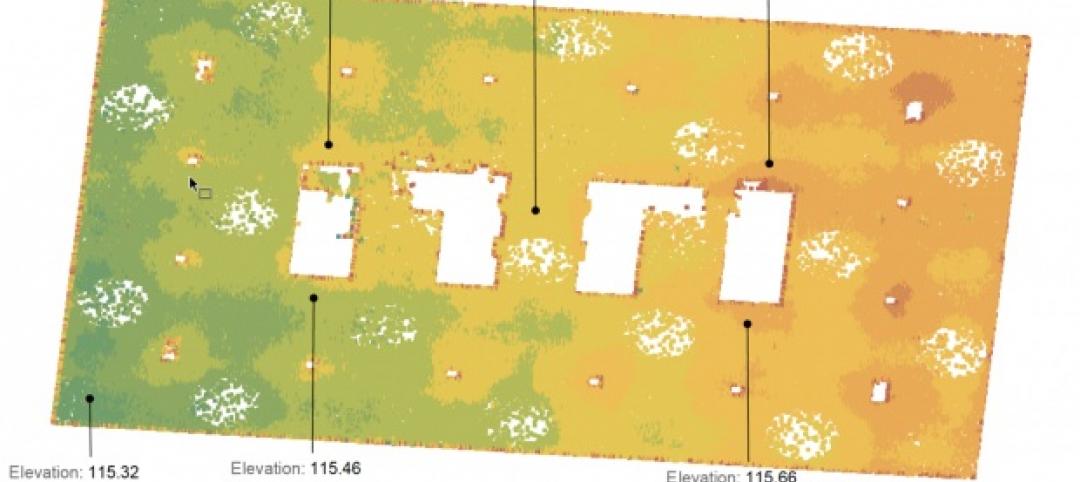Over a five-day period last month, as part of the Milan Expo 2015 in Italy, a slim tower made from more than 500,000 Lego bricks rose to 35 meters (114.8 feet), setting a new Guinness World Record as the tallest structure built with those familiar acrylic bricks.
Denmark-based Lego Group donated 7 Euros (US$7.752) for every centimeter of the tower to Urban Oasis, an urban protection and development project connected with the World Wildlife Fund.
That tower offered one more example of the role that Legos have played in the worlds of construction and creativity since the company’s founding in 1932. Last month, Lego Group, the company that makes the toy bricks, established its Lego Sustainable Materials Centre, and announced that it would invest 1 billion Danish Krone (US$148 million) for research, development, and implementation of sustainable raw materials to make Lego bricks and packaging.
In the documentary, Bjarke Ingels—whose eponymous firm is based in Copenhagen, Denmark—notes that, because of its harsh climate and high labor wages, much of what gets built in that country must be prefabricated to shorten the construction time.
The company has also teamed with Warner Bros., Interactive Entertainment, and TT Games to release an interactive video game that allows players to use Lego building sets digitally to build and create “wherever their skills and imagination roam,” says its press release.
“Our goal is to inspire and develop the builders of tomorrow,” said Lego Group’s owner Kjeld Kristiansen. “We believe that our main contribution to this is through the creative play experiences we provide to children.”
On July 31, a documentary film called "A Lego Brickumentary" will be released in the United States. Its narrator, the actor Jason Bateman, says it’s a story “about a simple toy and how its unique properties ushered in a new era of creativity for a whole generation.”
Along with a host of inventors and toy aficionados, the film interviews such Lego lovers as Facebook’s cofounder Mark Zuckerberg and Houston Rockets’ center Dwight Howard. Also featured prominently is starchitect Bjarke Ingels, who recounts how he won one of his first commissions by designing a model using Legos.
In the documentary, Ingels—whose eponymous firm is based in Copenhagen, Denmark—notes that, because of its harsh climate and high labor wages, much of what gets built in that country must be prefabricated to shorten the construction time. “In a manner of speaking, Denmark has become a country entirely built out of Legos,” he says in a clip of the film that Wired magazine posted on its site.
The Lego Group chose Ingels’ firm to design its Lego House, a 12,000-sm (129,167-sf), 23-meter-tall educational center in Billund, Denmark, whose purpose, in Kristiansen’s words, is “give us the opportunity to show how children learn through Lego play, and at the same time we can tell the Lego history in an involving way which reflects our values. Lego House is scheduled to open next year, but in the interim Lego Group will send a 1:100 scale model to six different fan events around the world. The model—built from 18,000 Lego bricks, of course—was seen by about 20,000 people who recently attended the largest Lego fan exhibition in Switzerland.
Related Stories
BIM and Information Technology | Jun 21, 2015
11 tips for mastering 3D printing in the AEC world
Early adopters provide first-hand advice on the trials and tribulations of marrying 3D printing with the science of building technology.
BIM and Information Technology | Jun 16, 2015
What’s next for 3D printing in design and construction?
The 3D printer industry keeps making strides in technology and affordability. Machines can now print with all sorts of powderized materials, from concrete to chocolate.
BIM and Information Technology | Jun 15, 2015
Arup report predicts future of manufacturing
Human-robot collaboration, self-cleaning and self-healing materials, mass customization, and 3D printing will herald a new "golden age" of production.
BIM and Information Technology | Jun 14, 2015
Deep data: How greater intelligence can lead to better buildings
The buzzword may be “Big Data,” but the reality is that Building Teams need to burrow deep into those huge datasets in the course of designing and building new facilities. Much of the information is free. You just need to dig for it.
Smart Buildings | Jun 11, 2015
Google launches company to improve city living
The search engine giant is yet again diversifying its products. Google has co-created a startup, called Sidewalk Labs, that will focus on “developing innovative technologies to improve cities.”
Seismic Design | Jun 9, 2015
First building-specific earthquake warning system installed in North Portland, Ore.
The ShakeAlarm system recognizes and quantifies the faster but lower-energy seismic P-wave, which is the precursor to the more damaging S-wave.
BIM and Information Technology | Jun 8, 2015
Ready for takeoff: Drones await clearance for job site flights
The fog is finally lifting on who will be allowed to pilot unmanned aerial vehicles.
Green | Jun 8, 2015
Diamond Schmitt Architects creates tool to compare energy use data across building types
The firm's new ecoMetrics tool allows for a comprehensive analysis of data from energy simulation models across a wide range of the company’s building types.
BIM and Information Technology | Jun 5, 2015
Backpack becomes industry first in wearable reality capture
Combining five high-dynamic cameras and a LiDAR profiler, Leica's Pegasus:Backpack creates a 3D view indoors or outdoors for engineering or professional documentation creation.
BIM and Information Technology | Jun 4, 2015
Why reality capture is essential for retrofits
Although we rely upon as-built drawings to help us understand the site for our design, their support is as thin as the paper they are printed on, write CASE's Matthew Nelson and Carrie Schulz.

















